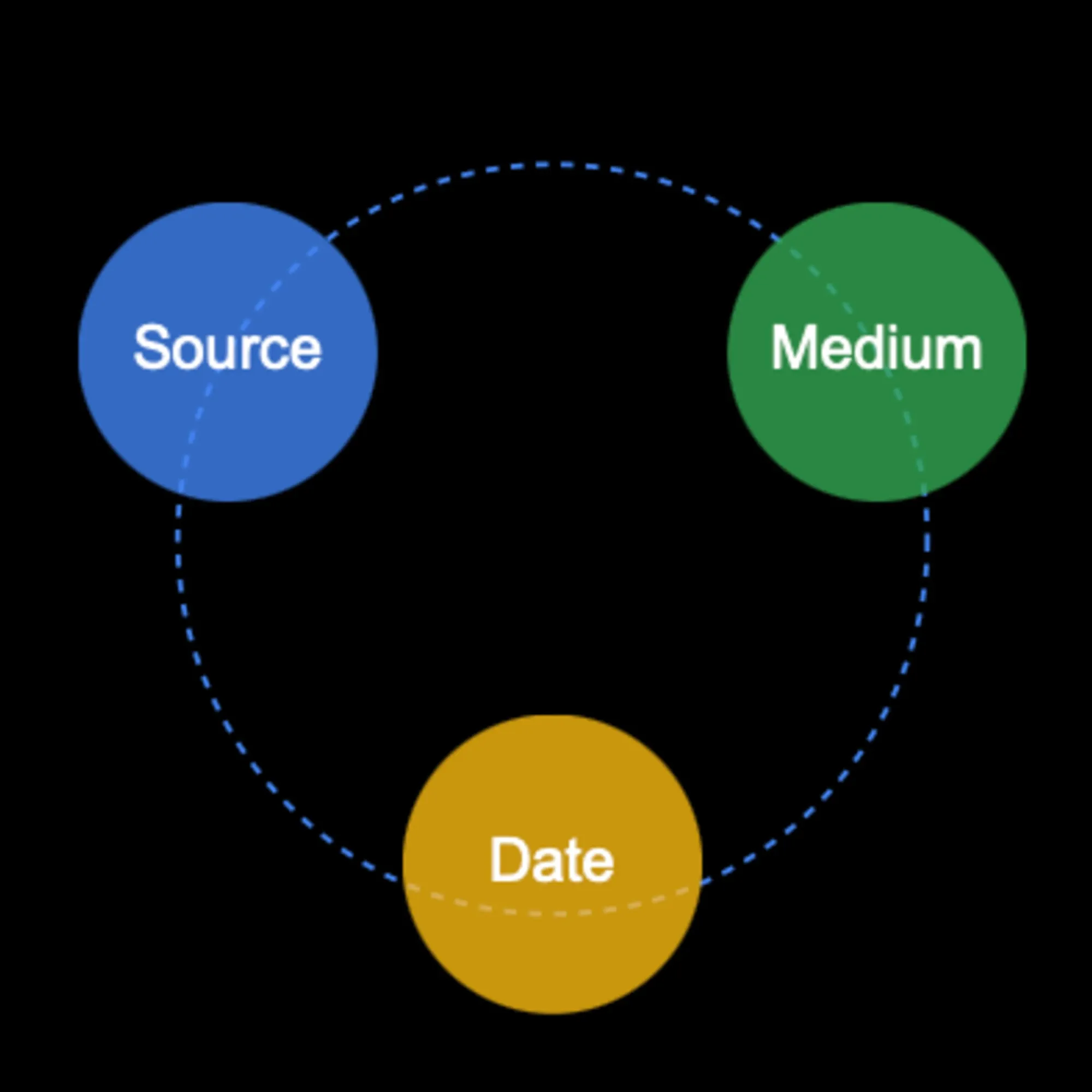Google Analytics simplifies cost data import system for advertisers
Google Analytics reduces required fields for cost data import to three core parameters, streamlining cross-platform ad reporting.

Recent changes to Google Analytics' cost data import system mark a significant shift in how advertisers track and analyze their marketing investments across multiple platforms. According to the February 3, 2025 announcement, which came 10 days ago, Google Analytics has simplified its data import requirements, reducing the mandatory fields to three essential parameters: source, medium, and date.
The technical modification affects how marketing professionals import advertising cost data from external platforms into Google Analytics. According to the official documentation, the previous system required campaign names and IDs as mandatory fields, creating additional complexity for data imports. Under the new implementation, these fields become optional key fields, though they remain recommended for granular reporting capabilities.
The update addresses a significant technical challenge in cross-platform advertising analysis. Marketing teams can now consolidate cost data from various advertising channels, including Facebook, Twitter, Microsoft Advertising, and LinkedIn, with streamlined requirements. According to the implementation guidelines, the system maintains compatibility with multiple advertising platforms while reducing technical barriers to data consolidation.
Integration capabilities extend across major advertising platforms, each with specific export procedures. For Facebook implementations, advertisers access data through Facebook Ads Manager's Export & Import function. LinkedIn users utilize Campaign Manager's Campaign performance reports, while Microsoft Advertising clients can employ either the platform's reporting system or Microsoft Advertising Editor for data extraction.
The technical specifications for data import remain precise. According to the documentation, the system expects the imported cost currency to match the Google Analytics 4 (GA4) property currency. This requirement ensures consistency in financial reporting across different advertising channels. The platform processes daily aggregated data, summarizing multiple events across sessions and users for each day.
Data processing times maintain previous standards. According to the technical documentation, after uploading cost data, Analytics requires up to 24 hours to make the information available in reports, audiences, and explorations. The system processes new user engagement data with campaigns after the upload, associating metrics and campaign properties with subsequent user activity.
The implementation includes specific technical constraints. The documentation indicates that advertisers can maintain only one data source when importing cost data. Additionally, the system employs a reporting/query time join, enabling association of imported cost data with events already processed by Analytics.
For data accuracy, the system includes specific formatting requirements. Cost values must follow the format 0,000.00, while dates adhere to ISO 8601 standards (YYYY-MM-DD). The documentation emphasizes avoiding duplicate keys in file uploads, as this can lead to data reporting issues such as double counting.
The platform's reporting capabilities integrate the imported data across multiple analytics views. According to the documentation, users can access this information in the Acquisition > Non Google cost report and the Planning > All channels report within the Advertising workspace. This integration enables comprehensive return-on-investment analysis across advertising channels.
Technically, the system maintains backwards compatibility while introducing these changes. Existing implementations continue functioning, with the option to include or exclude the previously required campaign identifiers. According to the documentation, advertisers can overwrite metric and dimension values by uploading new data, providing flexibility in data management.
The modification arrives alongside other platform updates. The January 21, 2025 release introduced capabilities for copying reports and explorations across properties, while January 13, 2025 brought a centralized consent settings hub. These technical implementations form part of ongoing platform developments focused on data management efficiency.
For implementation specifics, the system supports various additional metrics beyond the required fields. According to the documentation, advertisers can include daily values for clicks and impressions, enhancing the granularity of performance analysis. The platform maintains these optional fields while reducing core requirements, balancing flexibility with ease of use.
The platform's documentation provides detailed technical specifications for implementation across different advertising systems, ensuring consistent data formatting and import procedures across various marketing channels.

